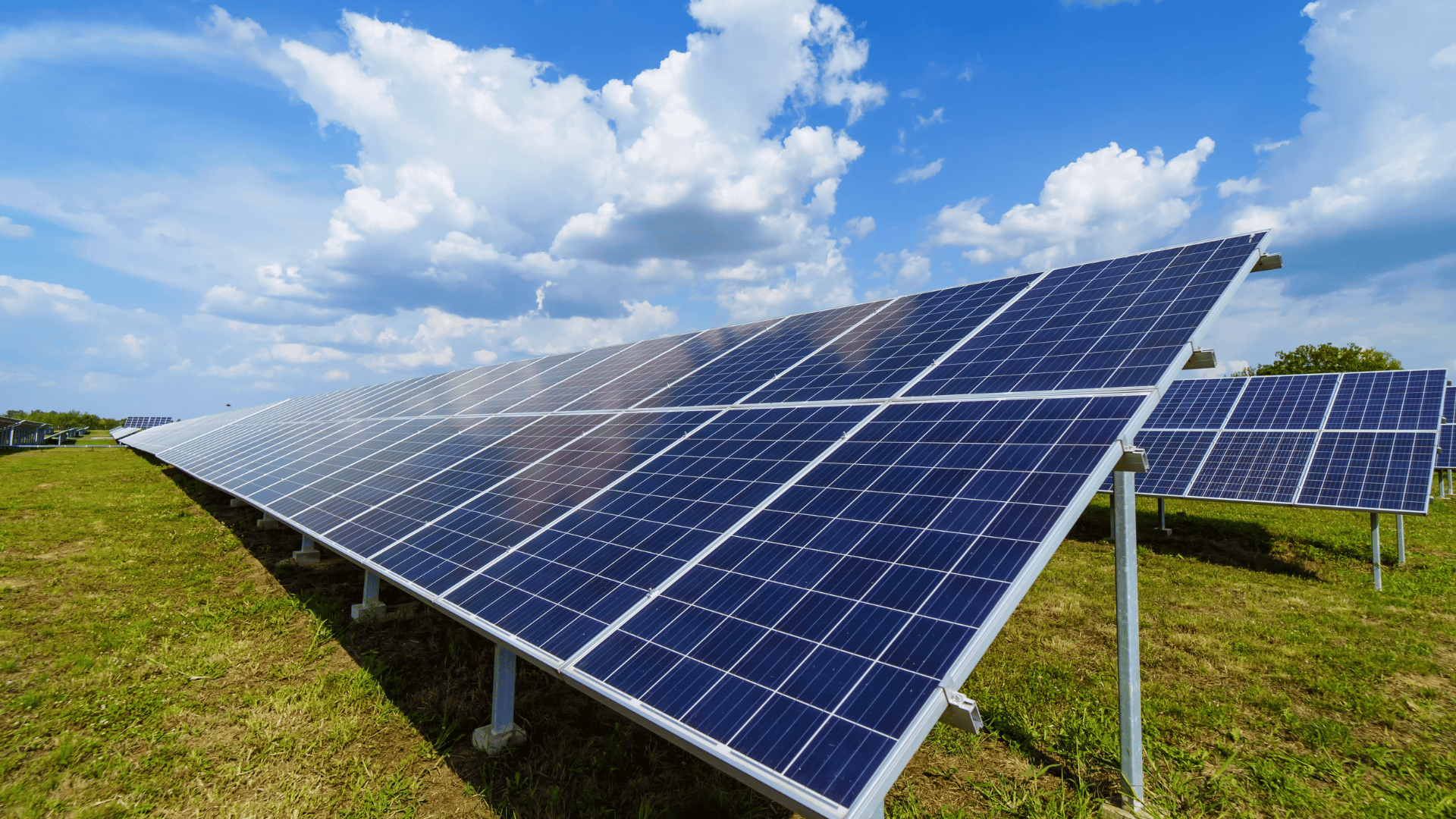In an ongoing global environmental effort, Baltimore County, Maryland, has repurposed the land of a former landfill to transform it into a solar farm that is expected to generate electricity for the area. The seven-megawatt solar facility will be built on 213 acres of land, formerly the Parkton Landfill site, to repurpose county land into a major source of clean energy.
Most recently, the county built its first large-scale ground-mounted solar array. In total, the solar project will comprise four arrays, featuring a total of 15,000 ballasted photovoltaic panels. County officials expect the facility to account for approximately 11 percent of the County government’s annual electricity consumption.
Transforming Landfills Into Clean Energy Hubs

Baltimore County’s solar project is not an isolated project. It’s part of a broader environmental initiative worldwide. There is an ongoing “Brightfields” trend, a term coined by the U.S. Environmental Protection Agency (EPA) that refers to converting contaminated or unusable sites into solar energy generation facilities.
The Mount Olive Project in New Jersey is a great example of the trend. A 25.6-megawatt solar farm was constructed on the site of the former 65-acre Combe Fill North Landfill Superfund site. The Ockendon Solar Farm in Essex, U.K., is one of the largest solar farms in Europe, built on a closed landfill, featuring over 100,000 solar modules capable of powering 15,000 homes.
A Solar Repurposing
County Executive Kathy Klausmeier highlighted the project’s innovative nature. “This project shows how Baltimore County can turn yesterday’s challenges into tomorrow’s opportunities,” Klausmeier said. “We are cutting costs for taxpayers and making investments that benefit our communities for decades.”
In its first year, the array is projected to generate 8,220,710 kilowatt hours of electricity.
Chief Sustainability Officer Greg Strella referenced data from the EPA’s Greenhouse Gas Equivalencies Calculator. According to Strella’s findings, the expected solar generation would reduce equivalent greenhouse gas emissions by over 1,150 homes annually, or equivalent to the pollution from burning more than 621,000 gallons of gasoline.
“Adding another large source of solar electricity to power our County’s facilities reflects our community’s values of making smart investments that take care of the health of our community and environment,” Strella said.
A Greener Future
Financially, the project operates through a power-purchase agreement (PPA) with TotalEnergies, which owns and operates the system. This structure locks in reduced electricity costs for the County for an initial 25-year contract term, with renewal options extending up to 33 years.
Eric Potts, Managing Director of TotalEnergies Distributed Generation USA, praised the collaboration. He said that the installation is “a powerful example of transforming underutilized assets into productive resources, further demonstrating how it is possible to achieve both significant cost savings and ambitious sustainability goals for the County.”
The Parkton facility is a foundational step in a larger sustainability roadmap. Upon the anticipated completion of the Hernwood Landfill ground-mounted solar project by 2028, county officials anticipate that the county will be generating an equivalent of 55% of its total electricity production from renewable power.







